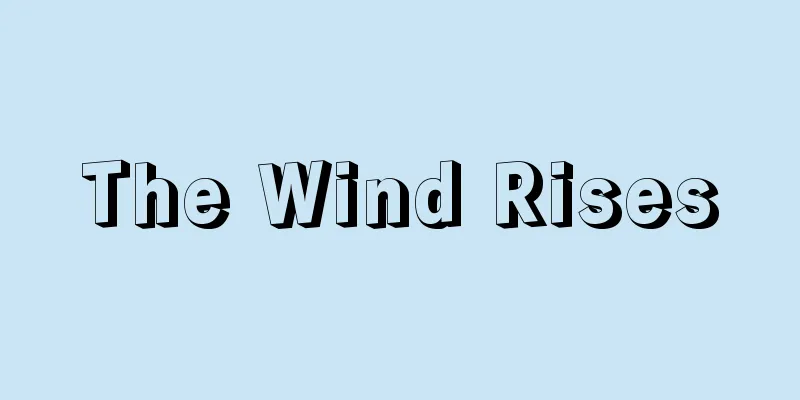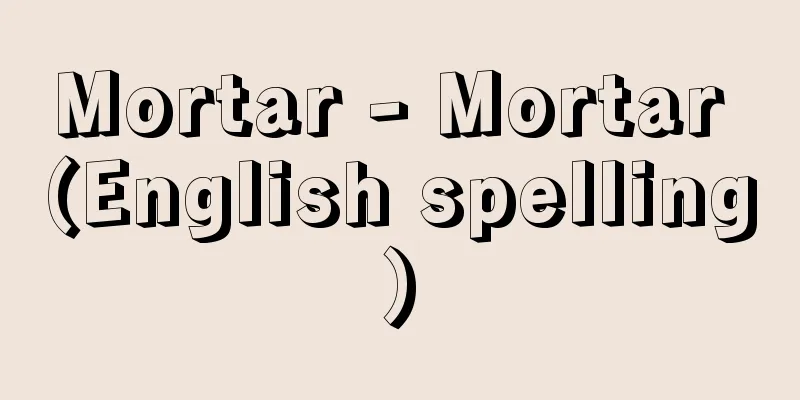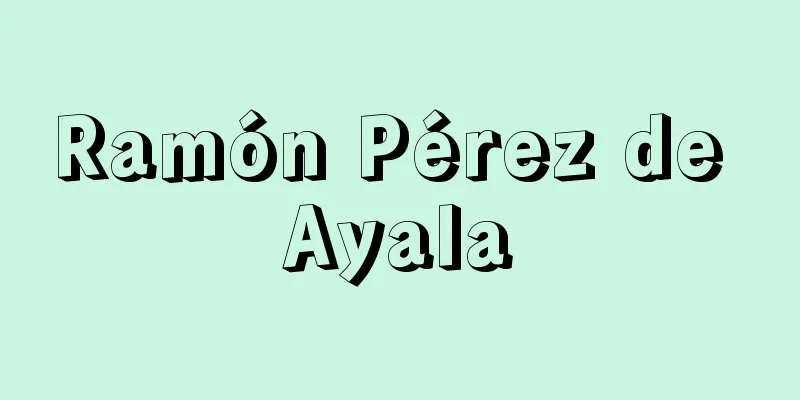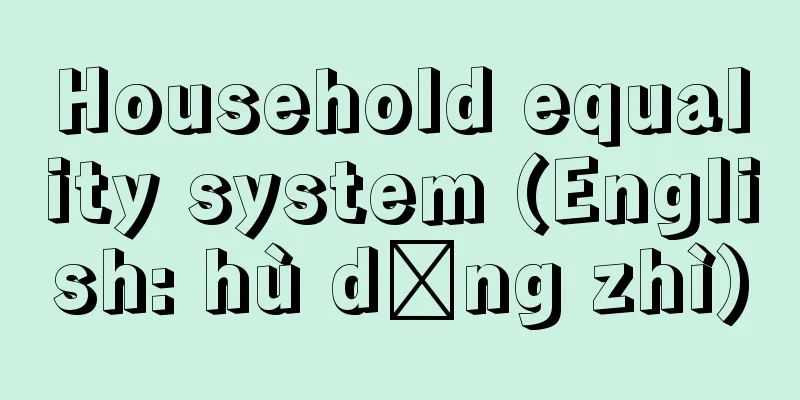Gustave Courbet

|
French realist painter. Born on June 10th to a wealthy farming family in Ornans, a small village in the Franche-Comté region near the Swiss border. He studied at the Besançon School of Drawing, and in 1839 went to Paris. He studied Spanish and Dutch painting at the Académie Suisse, as well as at the Louvre, and was particularly influenced by Frans Hals and Rembrandt during his trip to the Netherlands in 1847. In 1844, he exhibited his self-portrait "Man with a Dog" (Petit Palais, Paris) at the Salon for the first time. In his early years, he painted landscapes, allegorical paintings, and themes that transposed romantic themes to real life customs, but gradually, under the influence of Dutch painting and the growing socialist ideology of the time, his themes and techniques as a realist were established. His works include "The Stonebreaker" (lost during World War II) and "A Burial at Ornans" (Musée d'Orsay), both of which were exhibited at the Salon in 1850. At the 1855 Paris Universal Exhibition, his large-scale work "The Artist's Studio" (Orsay), which he had conceived for the exhibition, was rejected along with "Burial at Ornans" and other works. In order to express his ideals and paintings, he built a barracks on the Avenue Montaigne and exhibited 40 works, writing a "Realist Manifesto" in the catalogue. His "Girls by the Seine" (Petit Palais, Paris) at the Salon in 1857 also caused a scandal. In addition to depictions of contemporary customs, landscapes, and various hunting scenes, from the mid-1850s he painted seascapes along the English Channel coast, where he had repeatedly stayed, still lifes of flowers and fruit, and in the late 1860s he painted sensual nudes and other realistic subjects, all with the right technique for each. His solo exhibition held at the Place de l'Alma in 1867 made people aware of his achievements. However, he was implicated in the incident involving the pulling down of the column in Place Vendome during the Paris Commune in 1871, and was forced to go into exile in Switzerland, where he died in La Tour de Peils on December 31, 1877. His realism, which was a struggle against romanticism and academism, was in some ways a precursor to impressionism, and had a widespread influence in Germany, Belgium, Russia, and other countries. [Kimio Nakayama] "25 Painters 5 Courbet" edited by Yoshio Abe (1981/New edition, 1996, Kodansha)" ▽ "Courbet: The Artist's Studio" by B. Nicholson, translated by Yoshio Abe (1978, Misuzu Shobo) 1842-1844 Oil on Paris Musées "> Courbet "Man with a Dog" 1857 Oil on canvas Paris Museums "> Courbet "Girls by the Seine" Probably mid-1850s, oil painting , Metropolitan Museum of Art Courbet's "Landscape at Ornans" Circa 1859 Oil painting , Metropolitan Museum of Art Courbet "After the Hunt" 1865 or later Oil on canvas Metropolitan Museum of Art Courbet "The Sea" 1866 Oil painting , Metropolitan Museum of Art Courbet "Woman and Parrot" Source: Shogakukan Encyclopedia Nipponica About Encyclopedia Nipponica Information | Legend |
|
フランス写実主義の画家。6月10日スイス国境に近いフランシュ・コンテ地方の小村オルナンの富裕な農家に生まれる。ブザンソンの素描学校に学び、1839年パリに出る。アカデミー・シュイス、他方でルーブル美術館のスペイン、オランダの絵画に学び、とくに1847年のオランダ旅行でフランス・ハルスやレンブラントの影響を受けた。1844年、自画像『犬を連れた男』(パリ、プチ・パレ美術館)をサロンに初出品。初期には風景、寓意(ぐうい)画、あるいはロマン派風の主題を現実風俗に移した主題を描くが、しだいにオランダ絵画と当時の社会主義思潮の高まりの影響下に、写実主義者としての彼の主題・技法が確立してゆく。1850年のサロン出品の『石割り人夫』(第二次世界大戦中失われる)、『オルナンの埋葬』(オルセー美術館)などである。1855年のパリ万国博の際、そのために構想された大作『画家のアトリエ』(オルセー)が『オルナンの埋葬』などとともに出品拒否されたことから、彼の理想と絵画を表明するため、モンテーニュ街に自らバラックを建て40点の作品を展示、そのカタログに「写実主義宣言」を書いた。1857年のサロンの『セーヌのほとりの娘たち』(パリ、プチ・パレ)もスキャンダルとなる。こうした同時代風俗の描写、風景、狩猟のさまざまな情景のほか、1850年代なかばからは繰り返し滞在した英仏海峡沿岸の海景、あるいは花や果実の静物、1860年代後半には官能的な裸婦などさまざまな現実的主題が、それにふさわしい的確な技法で描かれる。1867年アルマ広場で行われた個展は、その成果を人々に認識させた。しかし、1871年パリ・コミューンの際バンドーム広場の円柱引き倒し事件に連座し、スイスへの亡命を余儀なくされ、1877年12月31日ラ・トゥール・ド・ペイルスに客死した。ロマン主義、アカデミズムに対する闘いであった彼の写実主義は、ある部分で印象主義の先駆となったし、ドイツ、ベルギー、ロシアなどに広範な影響力をもった。 [中山公男] 『阿部良雄編著『25人の画家5 クールベ』(1981/新装版・1996・講談社)』▽『B・ニコルソン著、阿部良雄訳『クールベ 画家のアトリエ』(1978・みすず書房)』 1842~1844年 油彩ParisMusées"> クールベ『犬を連れた男』 1857年 油彩ParisMusées"> クールベ『セーヌのほとりの娘たち』 おそらく1850年代中期 油彩メトロポリタン美術館所蔵"> クールベ『オルナンの風景』 1859年ころ 油彩メトロポリタン美術館所蔵"> クールベ『狩りの後』 1865年またはそれ以降 油彩メトロポリタン美術館所蔵"> クールベ『海』 1866年 油彩メトロポリタン美術館所蔵"> クールベ『女と鸚鵡』 出典 小学館 日本大百科全書(ニッポニカ)日本大百科全書(ニッポニカ)について 情報 | 凡例 |
Recommend
Live catch - Ikedori
Capturing an enemy soldier alive on the battlefiel...
Winchester College
Founded in 1382 by Bishop William of Wykeham, this...
Iwate [town] - Iwate
A town in Iwate County, in the north-central part ...
Young's modulus
The elastic modulus when a solid is stretched by ...
Retrograde Canon - Gyakkou Canon (English spelling)
A musical term. A type of canon. Also called a cra...
wharves
… Passengers and cargo require a lot of time, mon...
Enshu Plain - Enshu Heiya
...Part of the western half belongs to the Inner ...
Oofurasukomo - Oofurasukomo
…The representative aquatic plant that grows in l...
Soares, M.
...With the economy booming, the Silva Cabinet ma...
Kumaso leader - Kumaso Takeru
A local lord in the west who does not follow the r...
LD - Laserdisc
An optical disc standard for video recording that ...
Supervised Learning - Thank You for Teaching
...A field of research that teaches machines such...
Woven cashmere - Orikashimiia
...Most of the patterns are Indian pine, almond-s...
Seimin Murata
1761-1837 A metal caster from the late Edo period...
Colour
…It is the family with the largest number of gene...









